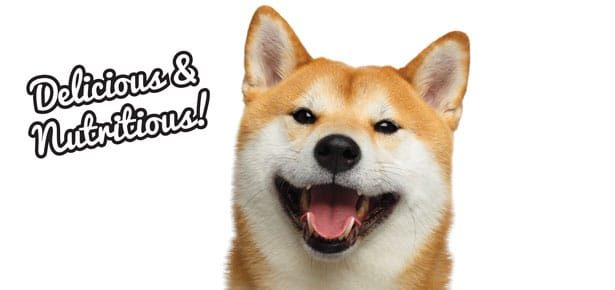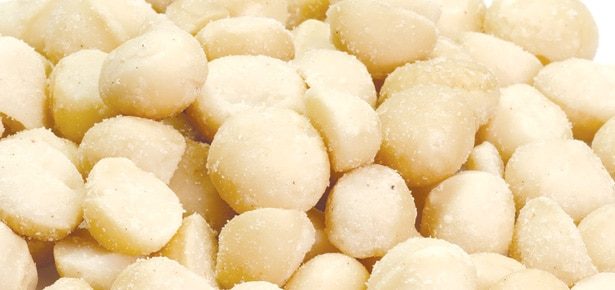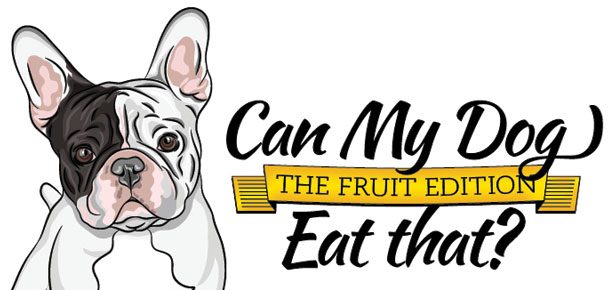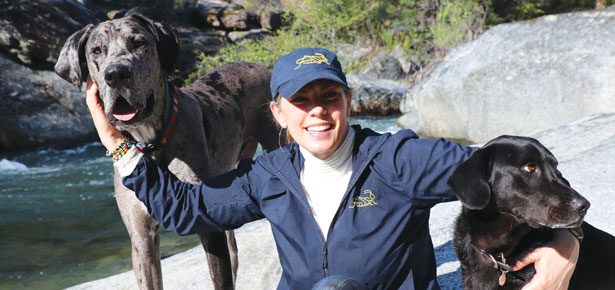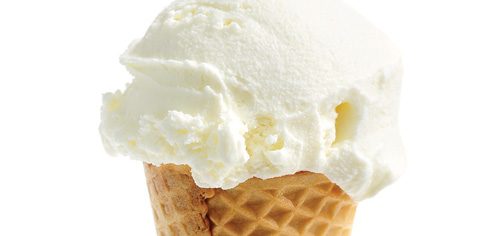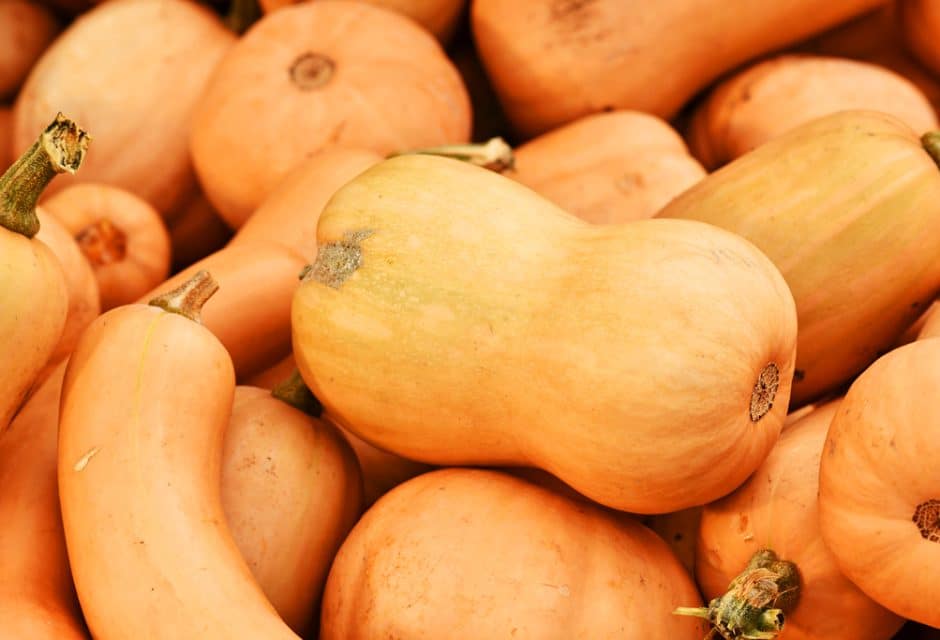

The Dos and Don’ts of Sharing Food with your Dog
Sharing food from the table can be great for your dog's health
Most of us have heard that giving “people food” or table scraps to dogs is not a good thing. While sharing food directly from your plate probably isn’t the best idea, there are lots of table scraps that are safe and healthy to share with your canine companion. Just because it comes from the table or counter doesn’t mean that it’s bad for your dog. Many people make their own dog food, and their dogs eat “people foods” without a problem.
Moderation is the Key
A common concern with feeding table scraps is that it causes obesity. While this is certainly a concern, it does not need to be the case. Any time you give your dog extra food, you are adding extra calories, so if the food you choose to share with your dog is high in fats, sugars, and calories, then there is a real risk of your dog becoming obese. This risk is higher for small dogs, as it takes very few extra calories to cause weight gain. However, sharing healthy foods in small amounts or reducing your dog’s regular food by an equal amount will help to prevent your pooch from packing on the pounds.
Foods which are high in fat can also contribute to pancreatitis, an inflammation of the pancreas with symptoms that range from mild discomfort to a blood infection (sepsis) and internal bleeding. High-fat foods to avoid include bacon, paté, sausage, gravy covered meat, beef trimmings, and poultry skin. A little piece (not more than 1 cm x 1 cm per 20 lbs of dog body weight per day) of any of these items is unlikely to cause a problem as long as your dog does not have an underlying health issue.
Carbohydrates can be an excellent source of highly digestible energy. For this reason we need to be careful in the amounts that we feed dogs. Dogs that have diabetes should absolutely avoid table scraps that have high amounts of carbohydrates, such as pasta and rice. Table 1 (see next page) gives a basic guideline for the maximum amount of extra food that your dog should be consuming a day per pound of body weight. Letting your dog have the last bite of toast or some plain spaghetti is a fine way to share these types of foods; giving him a plate of pancakes complete with syrup is not a healthy choice.
In human nutrition, high salt intake has received a lot of press lately. Consuming a high salt intake may put you at risk for heath problems; however, this is not true for healthy dogs. The only exceptions to this are dogs with chronic kidney problems, since research has shown that high-sodium diets can exacerbate kidney failure. So, dogs with kidney problems should avoid excess sodium intake. Remember also that salty foods are often high in calories and fat, so should be limited for that reason.
What Can You Feed Fido?
Healthy foods are the same for us as they are for dogs. Fresh fruits and veggies are the best treats for your dog. Fresh fruit is high in water and a good source of fibre, so you don’t want to share large amounts as it can result in gastrointestinal upset. In addition, dried fruit can be a good treat, but it tends to be sweeter than fresh fruit because the sugar is more concentrated. It is very easy for dogs to binge on dried fruit and end up with severe diarrhea. A shared piece of watermelon on a warm day is a great treat for your dog. For dogs that are picky drinkers, including fruit in their diet can be a good way of increasing water intake.
Lean meat is an excellent treat for your four-legged friend. Lean chicken, turkey, fish, or beef are great sources of protein. Highquality sources of protein (without visible fat) will have approximately 3.5 kcal/gram of meat. So, as with the added carbohydrates, follow the guidelines listed in Table 1. Saving a few small pieces of leftover meat without sauce to share with your dog after dinner or to add to his breakfast the next morning is a good way to share these healthy foods with your dog.
| Dog’s Weight | 10% of caloric requirement for a healthy adult dog |
Amount of extra lean meat and carbohydrates/day |
| 5 lbs | 16 kcal | 4.5 g |
| 10 lbs | 29 kcal | 8 g |
| 20 lbs | 49 kcal | 14 g |
| 40 lbs | 83 kcal | 83 kcal |
| 60 lbs | 112 kcal | 32 g |
| 80 lbs | 140 kcal | 40 g |
| 100 lbs | 165 kcal | 47 g |
Many herbs and spices are recognized as having health benefits, and research is being done to determine exactly what they do and how they can benefit both humans and animals. While there is limited information available on this subject, cinnamon has been suggested to have anti-cancer and anti-bacterial benefits. Adding a small amount (a half teaspoon or less for large dogs) to your dog’s regular meal may have beneficial effects. There is also room in your dog’s diet for those special, once-in-awhile treats. Marshmallows are loved by many dogs and are safe to share occasionally. For a little dog, make sure that you are using small-dog portions (i.e., mini marshmallows). Vanilla ice cream or frozen yogurt make great special treats. As for people, these should not be part of your dog’s everyday diet, but saved to celebrate birthdays or special occasions such as passing puppy school.
How to Share People Food
Dumping all the leftover food from your plate and feeding it to your dog is not the healthiest way to feed table scraps. While this may have been a common practice in the past, dogs today eat a properly balanced diet and adding large amounts of table scraps will upset that balance and can lead to problems. If your dog is used to a kibble diet, he may get an upset stomach if you suddenly introduce a number of new foods. Start with foods that are similar to what is in his kibble (i.e., chicken or plain pasta noodles) and branch out from there.
Feed small amounts and be aware of exactly what you are giving your dog: is it meat, fat, carbohydrates, fibre? Noting the specifics will help you balance extras from meal to meal and understand what is happening if Fido experiences digestive troubles. A safe rule of thumb is to introduce one new food every couple of days. Following this rule will also help you keep track of any food item that causes gastrointestinal upset.
Feeding your dog directly from the table can result in bad manners and begging. If you wish to avoid this, share people food like you would any other treat: away from the table and not at meal times. You may want to ask your dog to do his favourite trick before you give him a treat or even just place the treat in his bowl. If your dog tends to be a finicky eater, make sure he has eaten his regular food before you share any extras.
While viewing Fido as a walking garburator will definitely lead to problems, sharing a few bites of healthy foods with him can be a safe and nutritious way to supplement his regular balanced diet and build that extra special bond between you.
Click here for 10 foods to share with your dog!
Join the newsletter and never miss out on dog content again!
"*" indicates required fields
By clicking the arrow, you agree to our web Terms of Use and Privacy & Cookie Policy. Easy unsubscribe links are provided in every email.
